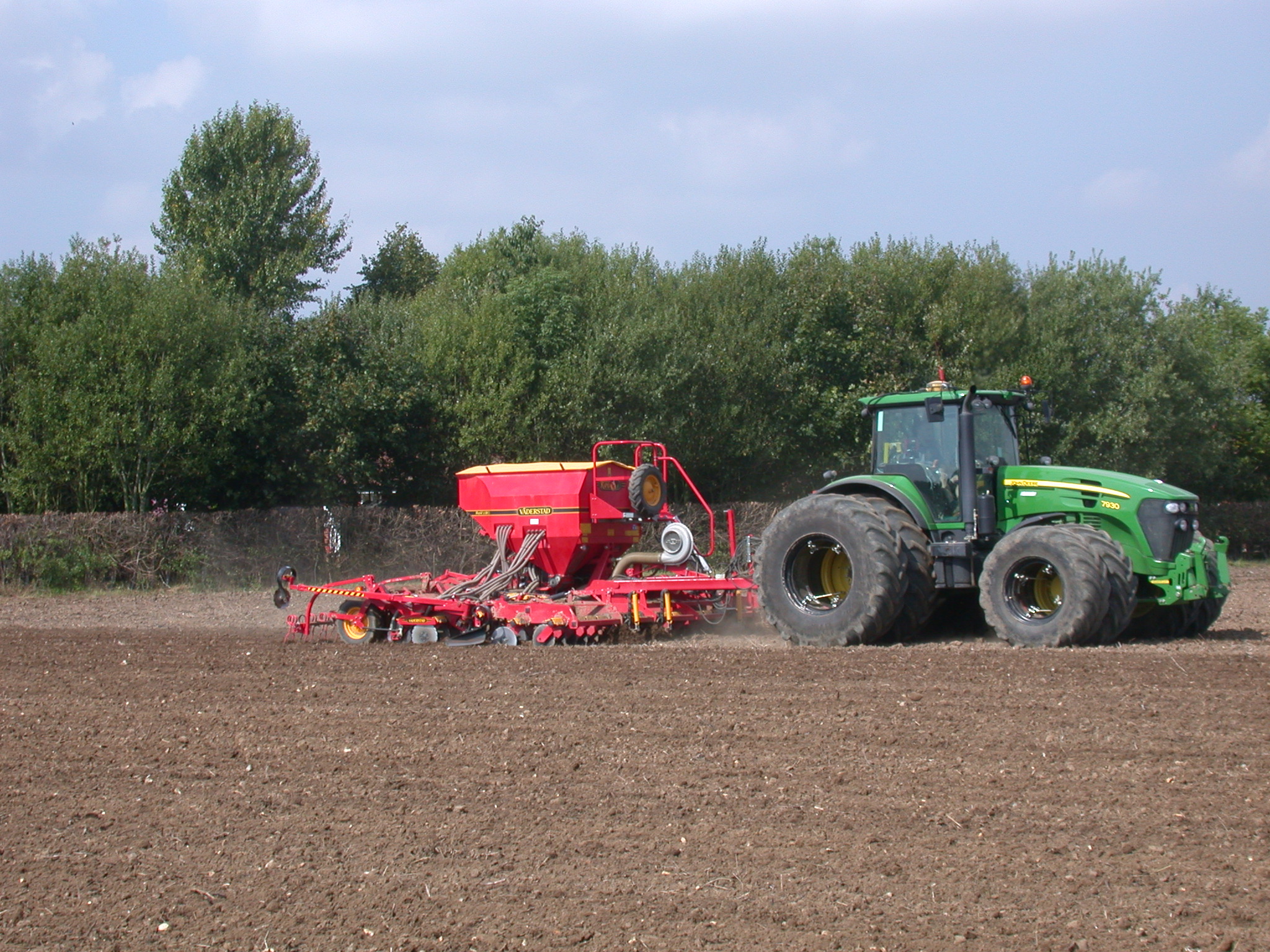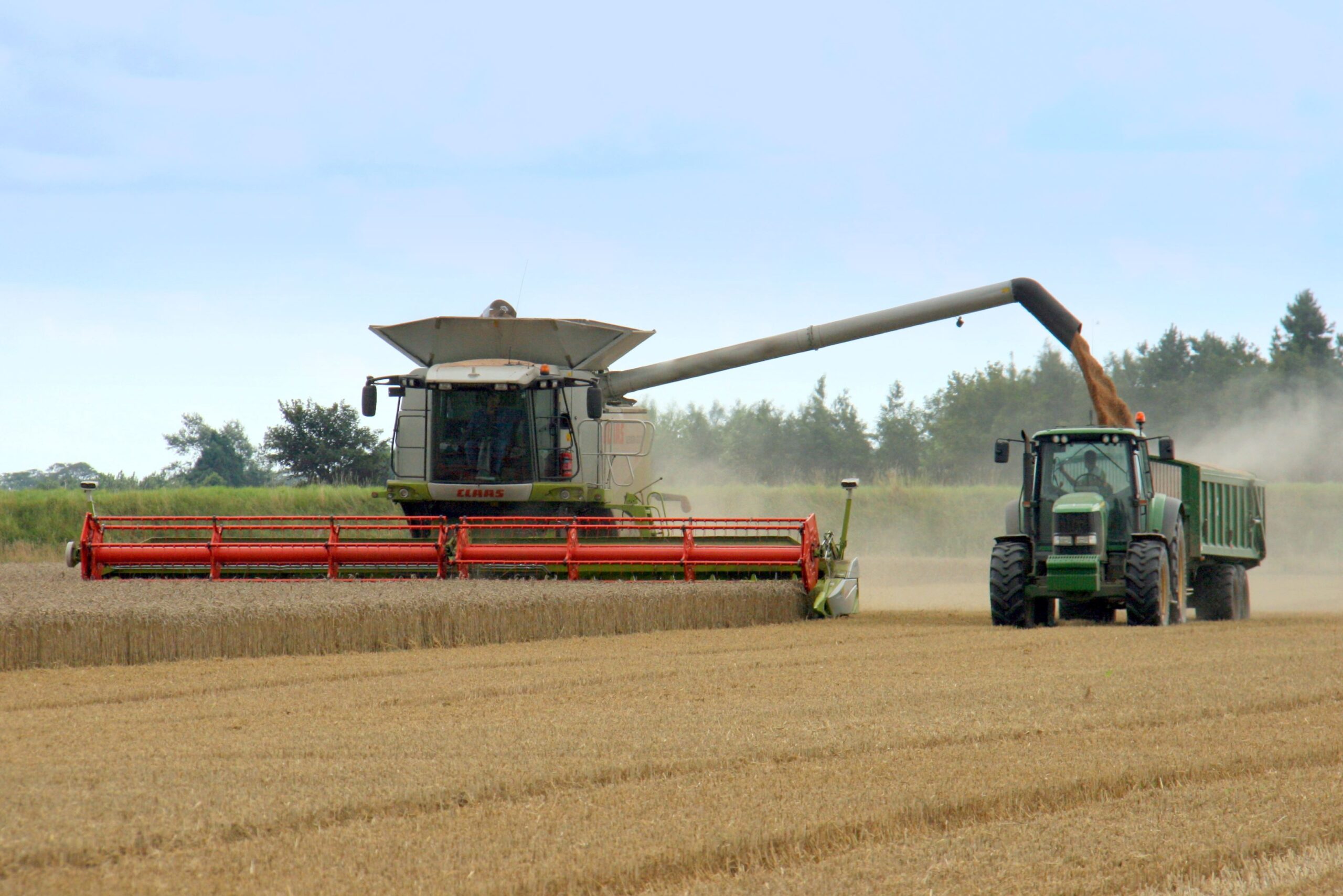Grain prices improved throughout November, with the average feed wheat price for the month just over £2 per tonne higher than the average for October. Prices remain £11 per tonne lower than November last year. Prices were higher earlier in the month before drifting lower in the second half. This year continues to be a significant challenge for arable businesses, many of whom were challenged by poor yields.
The global grain market continues to be well supplied for the current season. With the USDA back up and running following the longest shutdown in US government history, the world supply and demand estimates (WASDE) figures have been published. Novembers WASDE added a further 7 million tonnes to global grain ending stocks. The increase was mostly for wheat, with increases to production forecasts for most major exporters, without commensurate increases in exports.
One positive for the sector is the strength of oilseed rape prices. OSR prices averaged almost £410 per tonne through November. There has been a concerted effort by the oilseed industry to increase the area planted to the crop. The combination of an early harvest, kind autumn and strong prices has led to a 30% jump in area for 2026. Pest pressures for the crop have so far been low, but uncertainty around the crop leaves many reluctant to take the strong prices currently on offer.
Malting barley is an area of significant uncertainty at the moment. Demand has been poor so far this year. AHDB report that barley usage by maltsters in the first quarter of the year is down 13% compared with the same point in 2024/25. Further, usage in July to September is the lowest since 2009/10. The struggles of the malting sector have been further highlighted with two major maltsters in Scotland announcing restructuring and redundancies.








